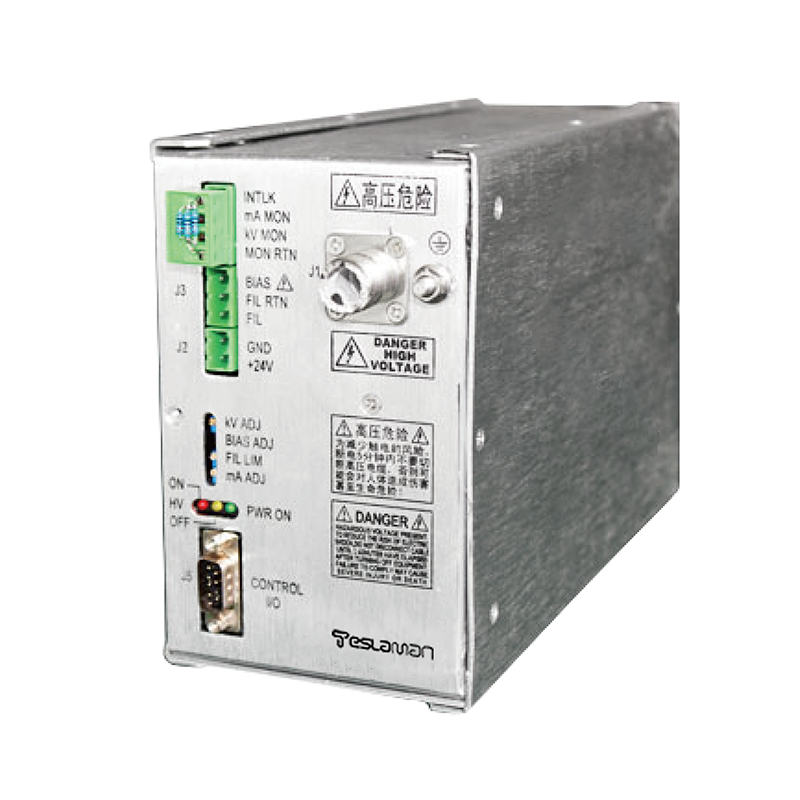Application and Optimization of High-Voltage Direct Current Power Supply in Wind Farm Power Transmission
With the global energy structure transformation and increasing environmental awareness, wind energy, as a clean and renewable energy source, is attracting growing attention. The scale and number of wind farms continue to expand, posing higher requirements for power transmission systems. In this context, high-voltage direct current (HVDC) power supply, with its unique advantages, shows great application potential in the field of wind farm power transmission. This article will delve into the application of high-voltage direct current power supply in wind farm power transmission and its optimization strategies from a professional perspective.
I. Application of High-Voltage Direct Current Power Supply in Wind Farm Power Transmission
1. Long-distance Transmission: Wind farms are usually located in remote areas far from load centers, requiring long-distance transmission lines to deliver electrical energy to the grid. Compared to traditional alternating current (AC) transmission, high-voltage direct current transmission has lower line losses and higher transmission efficiency, making it particularly suitable for large-capacity, long-distance power transmission.
2. Offshore Wind Farm Transmission: With the development of offshore wind resources, how to efficiently and safely transmit the electrical energy generated by offshore wind farms to the onshore grid has become a major challenge. High-voltage direct current transmission technology, with its excellent electrical performance and reliability, has become the preferred solution for offshore wind farm transmission.
3. Grid Interconnection: Through high-voltage direct current transmission systems, wind farms in different regions can be interconnected to achieve sharing and optimal allocation of wind resources within a larger area, improving the stability and economy of the entire power system.
II. Optimization Strategies for High-Voltage Direct Current Power Supply in Wind Farm Power Transmission
1. Power Regulation and Reactive Power Compensation: To ensure stable operation of wind farms under high and low wind speed conditions, precise regulation of the high-voltage direct current transmission system's power is required. At the same time, by reasonably configuring reactive power compensation devices, the power factor of the wind farm can be improved, line losses can be reduced, and transmission efficiency can be increased.
2. Harmonic Control: Wind turbine generators produce a large amount of harmonics during operation, which pollutes the grid. By adopting harmonic control technologies such as active filters and passive filters, the harmonic content injected into the grid by wind farms can be effectively reduced, improving the power supply quality of the grid.
3. Control System Optimization: In view of the characteristics of wind farm power transmission, the control system of the high-voltage direct current transmission system is optimized to improve the system's response speed and stability. For example, by adopting advanced adaptive control algorithms, rapid tracking and precise control of wind farm output power changes can be achieved.
4. DC Fault Protection and Recovery: When a DC transmission line fails, it is necessary to quickly cut off the fault current and resume normal operation. By using high-sensitivity DC fault detection technology and fast and reliable DC circuit breakers, rapid protection and recovery from DC faults can be realized, reducing the impact of faults on wind farms and the grid.
III. Conclusion
In summary, high-voltage direct current power supply has broad application prospects in wind farm power transmission. By adopting advanced technologies such as power regulation, harmonic control, control system optimization, and DC fault protection and recovery, the efficiency and reliability of high-voltage direct current transmission systems in wind farm power transmission can be further improved, promoting the efficient utilization and sustainable development of wind energy as a clean energy source.




















